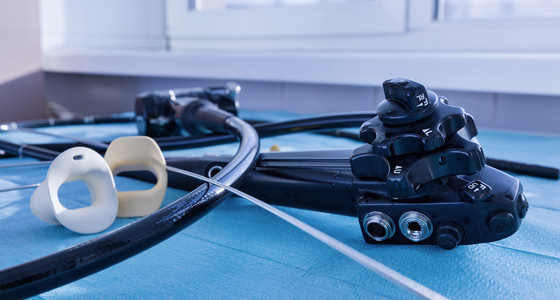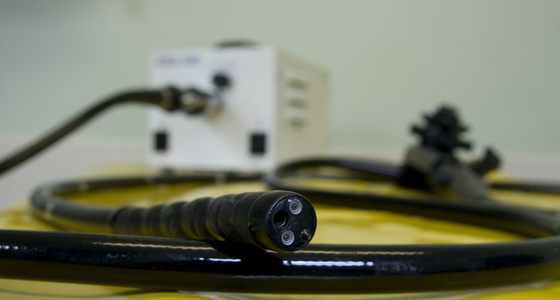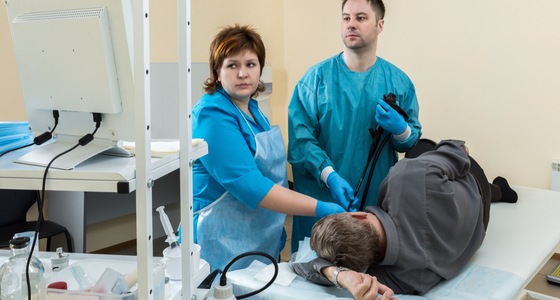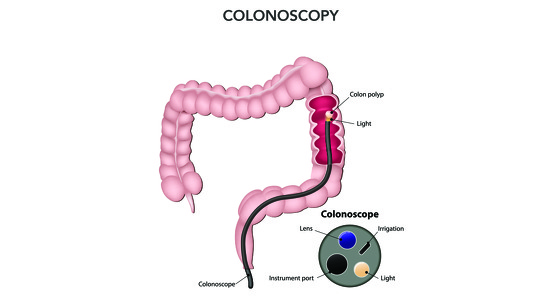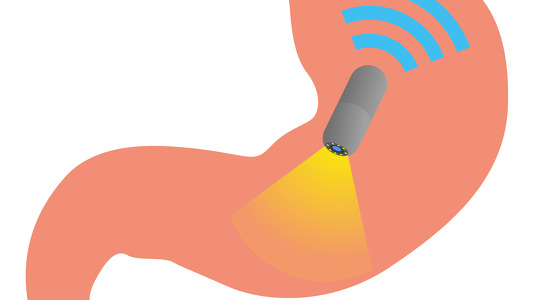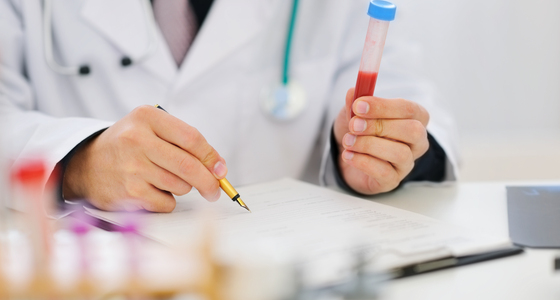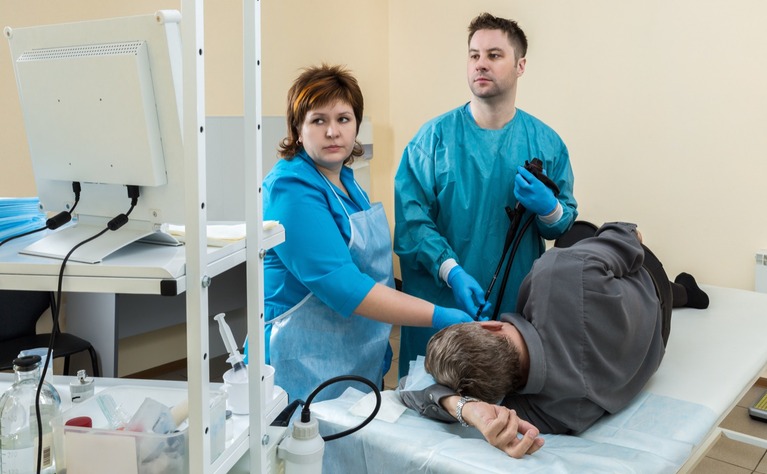
Endoscopies are a common procedure carried out to assist with both the diagnosis of inflammatory bowel disease (IBD) and also on-going monitoring of the condition.
In an endoscopy the inside of your digestive system is examined using a tool called an endoscope. The healthcare professional carrying out your endoscopy will be looking to see if there is any inflammation in your digestive tract, where that inflammation is and its severity. They may also take samples from inside your digestive tract (a biopsy) to help confirm diagnosis. Endoscopies are also used for monitoring your therapy. Healing in the lining of the intestine is a sign that your therapy is having an effect.
There are various different types of endoscopy and the examination you have will vary depending on your symptoms.
An endoscope is generally a long, thin, flexible tube with a camera at the end which is inserted into your digestive system. This can be via your anus or your mouth or through a surgical cut or a stoma. The pictures from the camera are then relayed onto a television screen so that the endoscopist (and you) can see.
Endoscopies are usually carried out while the patient is conscious. They can be uncomfortable but shouldn’t be painful and a local anaesthetic and/or relaxant may be given to help with this.
The part of your digestive system being examined will determine where the endoscope is inserted. It will be carefully inserted into your body and the tube will be fed through so that a thorough examination can take place.
The endoscope can also be used to take a biopsy (a sample of tissue from your digestive tract) for testing.
If you have a stoma then an endoscopy may be done through your stoma to check the bowel.
The preparation for an endoscopy depends on what part of your body is being examined. You may be asked to refrain from eating or drinking for the day before and/or you may be given laxatives to clear out your bowels. This is done to give the camera a clear passage through your digestive system and so that the bowel wall can be clearly seen.
There are various reasons why you may receive an endoscopy. It may be because you are having IBD-like symptoms, it could be to distinguish between Crohn’s disease, ulcerative colitis and microscopic colitis or to monitor your condition or your response to therapy.
There are various different types of endoscopy.
